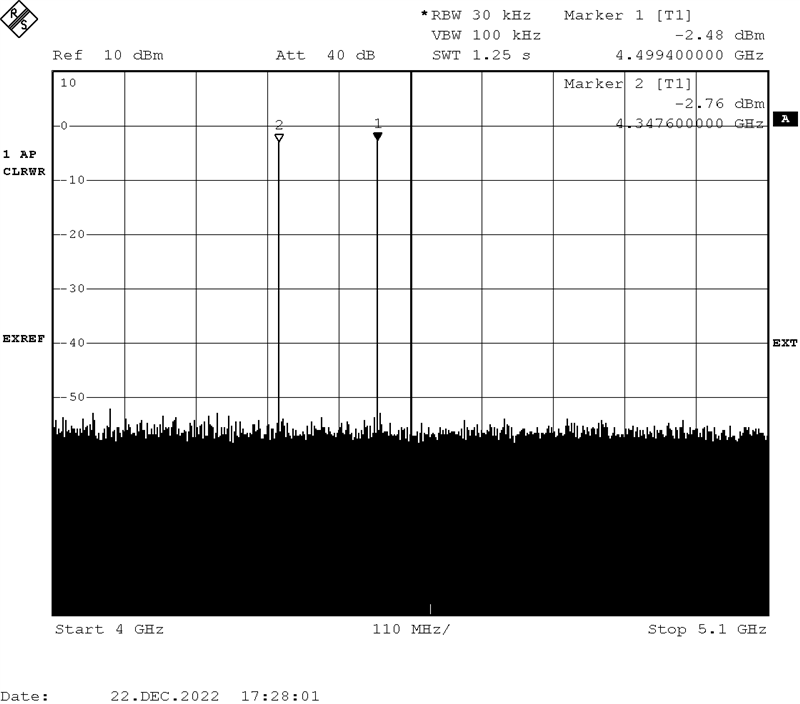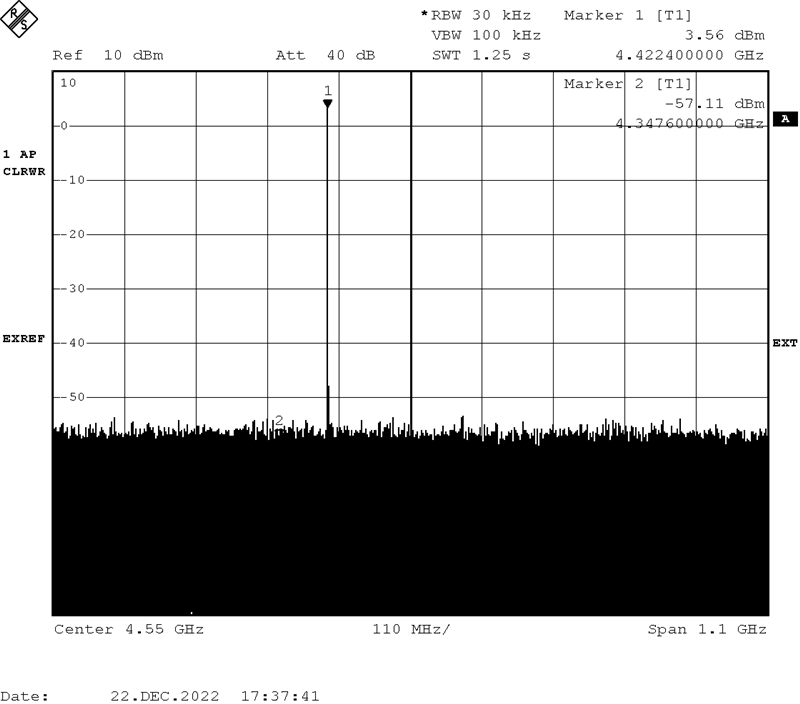Other Parts Discussed in Thread: TSW14J57EVM, , DAC38RF82
Hello!
I want to use DAC38RF82EVM and TSW14J57EVM to generate a sinusoidal signal with a frequency of 4.5GHz. How to do it?
- Which clock mode is used? Can the On-chip PLL clock mode or On-board VCXO clock mode be used?
- How to set the "DAC MODE" of the software DAC38RF8xEVM GUI?
- How to set the "On-chip PLL" of the software DAC38RF8Xevm GUI?



